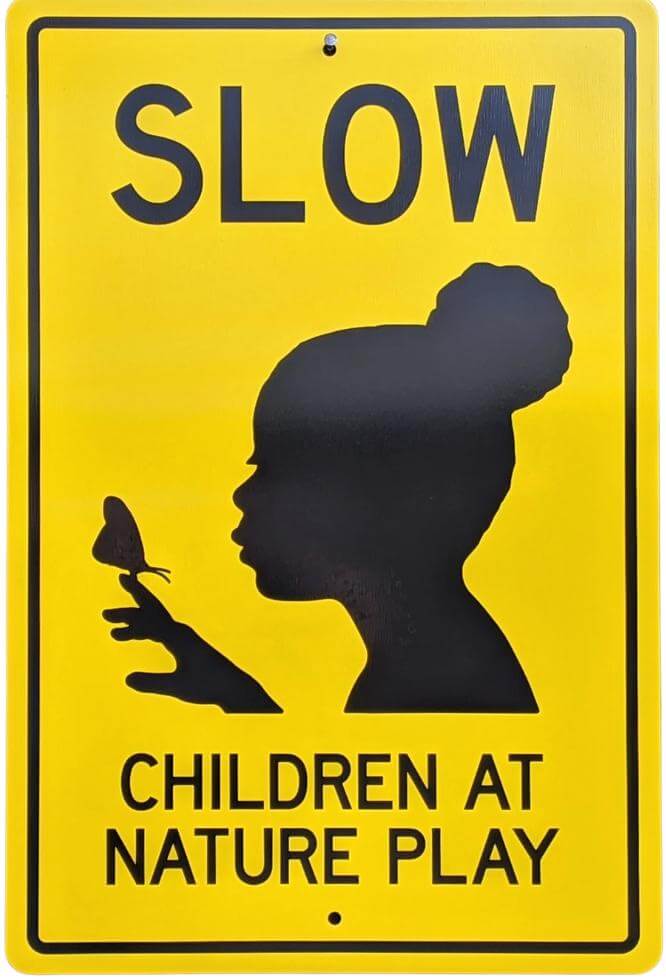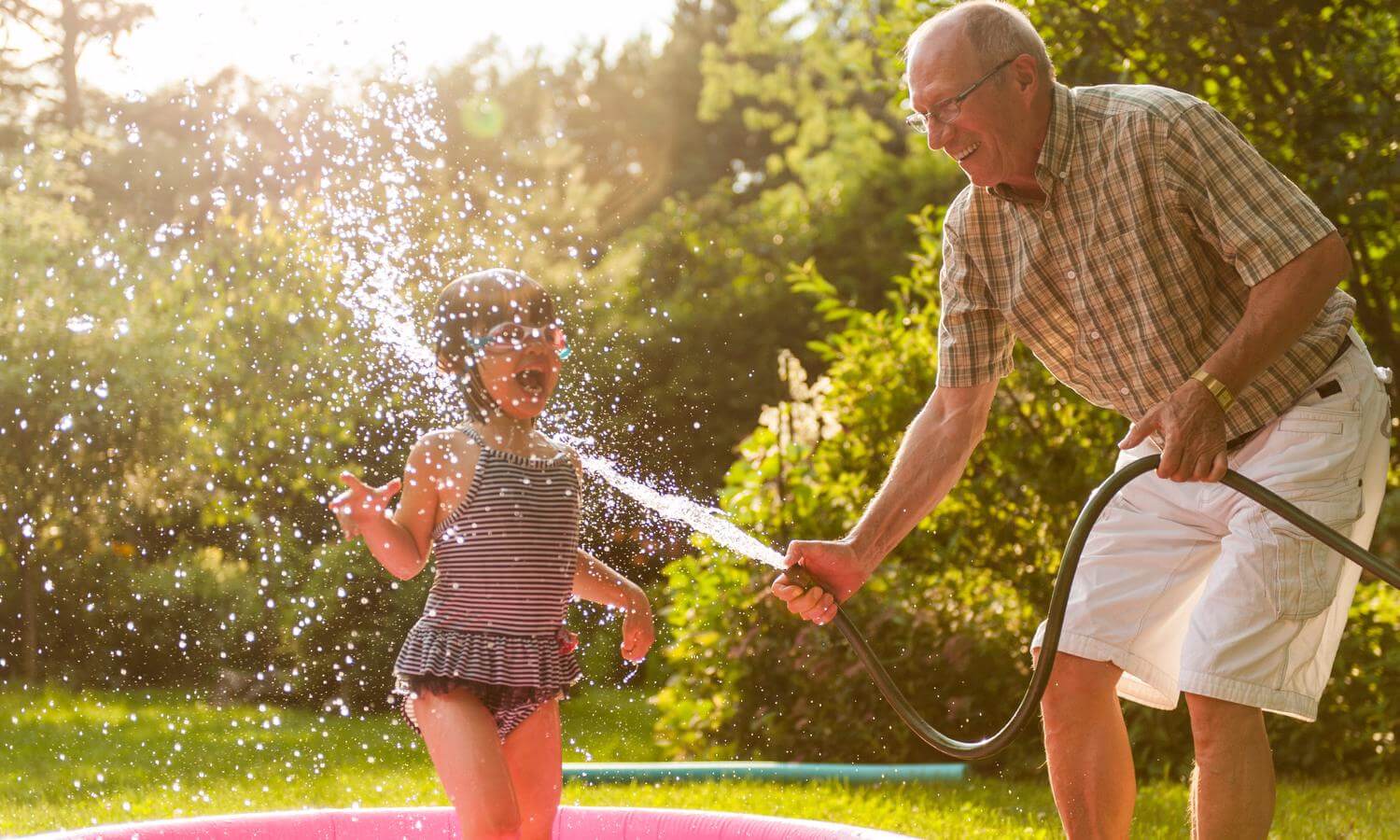Make a SpLaSh with Water Play
Erin Lawrence May 29, 2024
Summary
Summer in the Midwest is hot. It is humid and sticky. It requires less clothing, more cooling and one of the best friends we invite to join during these muggy months is H2O: water. Our bodies need more of it to stay hydrated and our skin needs its touch to turn outside activities from stifling to refreshing. Here are some simple ways to add water play to your child's day, upping the fun and lowering the temp!
Water Play as a Sensory Experience
The experience of touching water, from a fingertip dip to a full body immersion, is a sensory opportunity. The temperature exposes a child's system to changes and allows them to develop preferences. The sound of water dripping or rushing might be perceived as calming or disruptive. As water droplets form, they might slowly trickle down, collecting more and growing larger, faster on their way... this visual stimulation is interesting and thought-provoking. Using toys to scoop and pour offers an interactive repetition that can provide relief when a child needs to focus and settle.
Water Play as a Physical Experience
Fine motor skills develop as children use small muscles such as hands and fingers to manipulate their environment. Adding cups, spoons, and spray bottles lets those little hands grasp, pour, and squeeze, getting stronger with each drip that drops.
Gross motor skills develop as children use large muscles such as arms, legs and their core to move through their environment. Taking water play into the yard with sprinklers, hoses and water balloons requires running, jumping and carefully balancing so as to not slip and slide away.
Water Play as a Learning Experience
Every type of play is a chance for a child to show what they know and become curious about what they don't. Water play strengthens language development through the vocabulary, the questions, and the observations. Cognitive skills develop with conceptual learning such as empty/full, hot/cold, sink/float, wet/dry, and more-than/less-than. Social Emotional skills develop when there is a play partner a child can imitate, take turns with, trade toys, and talk with.
It is more important than ever that we offer children daily outdoor play to support healthy, meaningful sensory experiences.
Water Play Ideas
It is abundantly clear that water play is in your future. City pools can be daunting, expensive and just not your cup of H2O. So keep reading and add some water play to your child's summer days from the comfort of home!
Supplies
- Water Table
- Shallow Plastic Tub
- Buckets
- Paint Brushes
- Funnels
- PVC Pipes
- Pool Noodles
- Spray Bottles
- Hose
- Sprinkler
- Baby Pool
- Ice
- Hose
- Sprayers
- Toys
- Rocks/Stones
- Chalk
- Flowers, Plants, Leaves
- Mud
- Tongs
- Mesh Strainers
- Turkey Baster
Activities
- Add rags, soap, and toys/baby dolls for sudsing and washing
- Fill a water table or tub with ice and scoops, spoons, and containers. Scatter ice in different places to see what melts the fastest!
- Do water painting with buckets and brushes - see how bricks versus driveway versus deck versus leaves look when "painted"
- Using funnels, PVC pipes, and pool noodles build a waterway from one place to another, pouring water in the top and watching it work its way out
- Play restaurant, creating mud pies and flower "soup"
- Use spray bottles or paint brushes to turn chalk into paint
- Go on a walk, collecting objects to bring home for a "sink or float" experiment
- Play in the sprinkler
- Fill a water table or tub with water balloons
- Freeze dinosaurs or other fun plastic creatures in containers to dump on a tray or in the water table.
Age-Specific Ideas
0-6 Months:
- Touch, sight, and sound exposure to water dripping, pouring, and splashing
- Visual stimulation with colorful toys
6-18 Months:
- Sit in a shallow plastic tub or baby pool with toys
- Experiment with scooping and pouring, labeling body parts while drizzling water over each one
18-24 Months:
- Continue all of the above
- Add smaller objects for scooping or practicing picking up using a pincer grasp (be mindful of choking hazards)
- Play in the sprinkler
2-3 Years:
- Continue all of the above
- Add spray bottles
- Try "water painting" with brushes and containers (use different colored containers or brushes and pretend those colors are covering your outdoor canvases)
- Using PVC pipes and pool noodles, build a waterway
3-5 Years:
- Continue all of the above
- Incorporate dramatic play with "car wash" or "restaurant", adding pre-writing by making a menu or exchanging made-up money
- Build a backyard obstacle course that incorporates a sprinkler or carrying buckets of water
- Have a "sink or float" challenge, incorporating math skills by making a graph or chart keeping track of the results
*Always remember that water poses a risk and the suggestions in this article should be individualized for your child based on their age and needs. Water play should always include adult supervision.

Courtesy of https://natureplaysign.com/
About the Author
Erin Lawrence is a licensed Early Childhood Special Education teacher with 20+ years of experience working with children and supporting families combined with her passion for being a mom to three amazing daughters. She believes in play-based learning, nature as a necessity, and screen-free childhoods.





